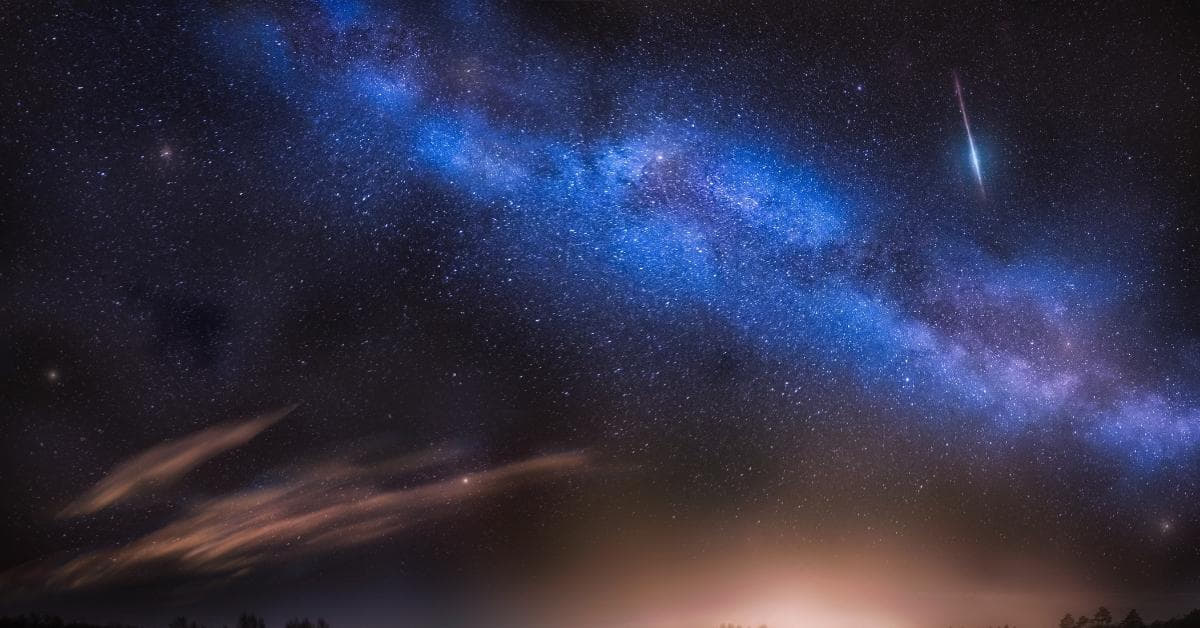Astrophotography is a captivating art that allows enthusiasts to capture the mesmerizing beauty of the cosmos through the lens of a camera. Whether you’re a beginner or an experienced photographer looking to enhance your skills, this ultimate guide will equip you with the knowledge and techniques to master the art of astrophotography.
Understanding the Basics
What is Astrophotography?
Astrophotography is a specialized branch of photography that involves capturing celestial objects, such as stars, planets, and galaxies. It requires a combination of technical skills, patience, and a deep appreciation for the night sky.
Essential Gear for Astrophotography
To embark on your astrophotography journey, you’ll need the right equipment. This includes a sturdy tripod, a DSLR or mirrorless camera, a wide-angle lens, and a remote shutter release.
Mastering Manual Settings
Learn to set your camera to manual mode, adjusting settings such as aperture, shutter speed, and ISO to achieve optimal results in low-light conditions. Understanding the exposure triangle is crucial for capturing clear and vibrant images.
Planning Your Shoot
Location Scouting
Choosing the right location is key to successful astrophotography. Look for areas with minimal light pollution, and plan your shoot during a new moon for darker skies.
Timing Matters
Timing is everything in astrophotography. Plan your shoot during astronomical twilight, when the sky is dark, but there’s still a faint glow on the horizon.
Capturing Stars and Constellations
Focusing in the Dark
Achieving sharp focus in low-light conditions can be challenging. Use manual focus and test shots to ensure your stars are crisp and clear.
Long Exposure Techniques
Experiment with long exposure times to capture the movement of stars across the sky. Balancing exposure time and avoiding star trails will result in stunning images.
Photographing the Moon and Planets
Moon Photography Tips
Capture the moon’s intricate details by using a telephoto lens and adjusting your camera settings accordingly. Pay attention to lunar phases for varied compositions.
Shooting Planets
Astrophotographing planets requires careful planning and knowledge of their positions in the night sky. Use a telescope or a long focal length lens for detailed shots.
FAQs
Q1: Do I need a telescope for astrophotography?
A1: While a telescope is beneficial for planetary photography, many stunning astrophotos can be captured with just a camera and a wide-angle lens.
Q2: How can I deal with light pollution?
A2: Choose locations away from urban areas, use light pollution filters, or shoot during moonless nights to minimize the impact of light pollution.
Q3: Can I start astrophotography with a smartphone?
A3: While smartphones have limitations, some apps and accessories can help capture basic astrophotos. However, a dedicated camera is recommended for more advanced results.
Q4: What post-processing software is best for astrophotography?
A4: Software like Adobe Lightroom, Photoshop, or specialized astrophotography tools such as DeepSkyStacker can be used for photo editing to enhance your images.
Conclusion
Embarking on the journey of mastering astrophotography requires a blend of technical knowledge, creativity, and a deep passion for the cosmos. Armed with the insights from this ultimate guide, you’re now ready to capture the breathtaking beauty of the night sky and create stunning astrophotographs. Keep experimenting, learning, and exploring the wonders of the universe through your lens. Hope you benefitted from this ultimate guide to master astrophotography. Happy shooting!
This page was last edited on 6 March 2024, at 9:13 am
